Table of Contents
- Is Alfalfa a Good Cover Crop?
- Alfalfa Water Use Concerns
- Alfalfa for Improving Soil Moisture Retention
* Our articles never contain AI-generated slop *
Considering growing alfalfa as a cover crop? Here's what you should know:
Traditionally farmers plant a cover crop between main crop cycles, leaving it between seasons. In smaller garden spaces, though, that's often not as feasible. This is especially true in indoor environments where light and space are at a premium.
What's been working for me instead is interplanting the covers right among our veggies. I broadcast a bunch of alfalfa seed in spring after my veggies get established, and let it grow between them.
Disclaimer: This post may contain affiliate links. Refer to the privacy policy for more information.
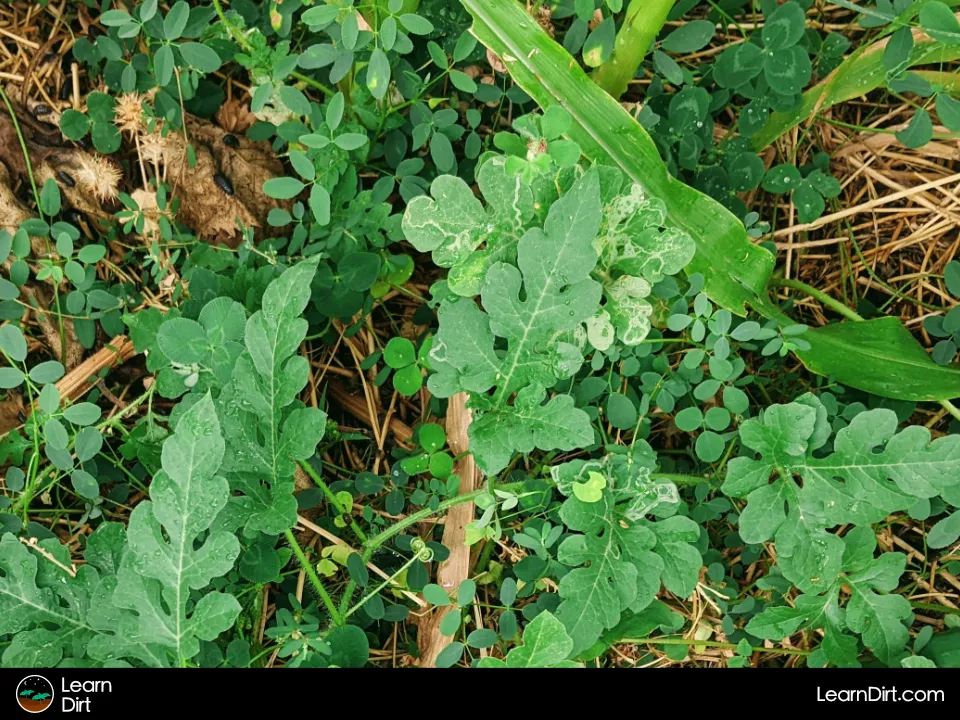
Is Alfalfa a Good Cover Crop?
Nitrogen Fixation
As a nitrogen-fixer, alfalfa can pull crucial atmospheric nitrogen from the air (via its symbiosis with nitrogen-fixing bacter), sequestering it in the plant cells.
This makes alfalfa a net-positive source of nitrogen like other legumes and therefore a great nitrogen input for your garden or farm.
Biomass Production
Alfalfa produces more biomass than many other common cover crops. This combines with its perennial nature to far outproduce many annuial cover crops as a ratio of seed/input cost to biomass production.
Some estimates put alfalfa in the 4-7 tons of dry matter per acre annual range - though this will vary heavily by climate, water availability, and more.
Growth Habit
Alfalfa has a nice low growth habit, so it can be undercropped below a main crop
When it does get too tall, I just trim it back and drop the chop right in place as mulch.
This way you're growing the next layer of new nitrogen right among the veggies which are using nitrogen.
It's a great little closed loop!
Nutrient Scavenging
Because alfalfa is more deep-rooted than most plants, with roots often extending down 15 to 20 feet or more, its ability to pull up deeper nutrients that can't be reached by many crops makes it a fantastic nutrient scavenger.
Utilize alfalfa to gain access to nutrients which have been flushed down below an accessible level in soils as well as nutrients which have always been too deep for your main crops to reach.
Composting, grazing, or chopping and dropping the alfalfa will all unlock those nutrients for main crops to later access.
Alfalfa Water Use Concerns
Alfalfa gets a lot of attention for water usage, especially where I live in Arizona because a disproportionate amount of Arizona's water goes to big alfalfa monocrops for livestock feed.
Really though, any crop grown for animal agriculture will end up using far more water than agriculture for humans, simply because so much more of the crop is needed.
What's sometimes overlooked is that farmers in AZ end up with 9-10+ cuttings of alfalfa each year from those monocrops. High water usage for an extremely high yield.
Regardless, the local alfalfa hay bales at feed stores are still being grown here in AZ, so the water is being used whether we grow it or a farmer does.
More so they just can't supply us with enough alfalfa hay to power our whole garden. It's a great supplement!
A couple flakes of hay per plot a few times a year just isn't nearly enough to build healthy soil, though.
In general we're finding there's no better way to save water than to have good spongy soil that holds moisture, no matter what you grow. Alfalfa improves soil whether you grow it yourself, use the bails of hay, or both. All are good options.
Alfalfa for Improving Soil Moisture Retention
Personally, I sometimes add the alfalfa hay when it's affordable and available, grow alfalfa between my crops, and add fresh compost as often as possible.
Join The Grower's Community
Looking for a place to meet growers,
ask questions, share knowledge, be heard,
and feel like you belong? 🌱
Check It Out!
This way I've got 3 different sources of nitrogen and organic matter, and am not limited by the cost of bales.
My test plots at the local community garden consistently test as some of the wettest in the garden despite all the cover crops I grow. Moisture retention and ability to plant densely are both improved as soil quality increases.
In the case of my test plots, I've added so much organic matter that my plots act like huge sponges. They absorb and hold water, and can support really high density planting.
I grow covers and main crops simultaneously together, and this combination has been doing incredibly well for me.








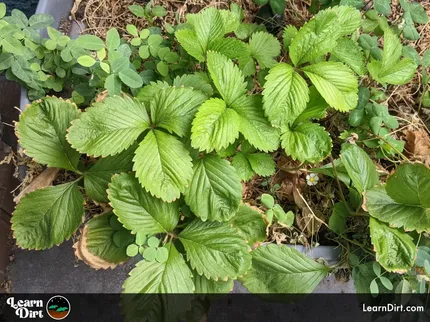
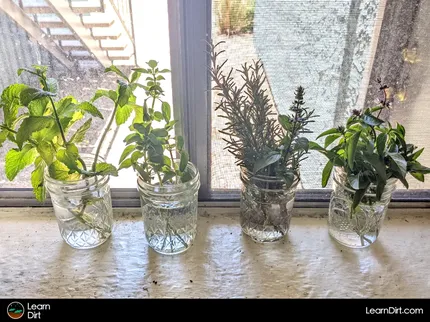
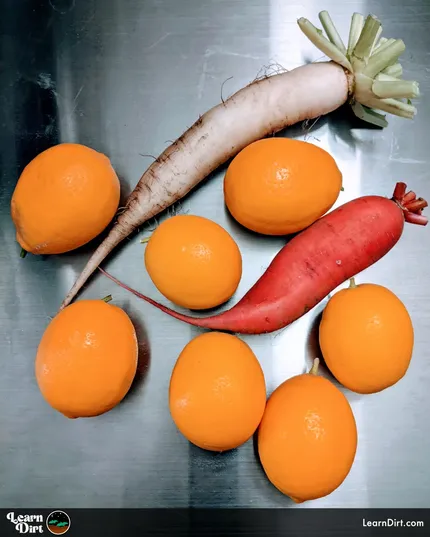
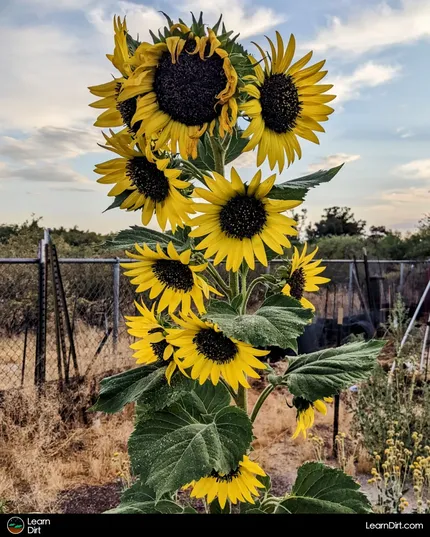
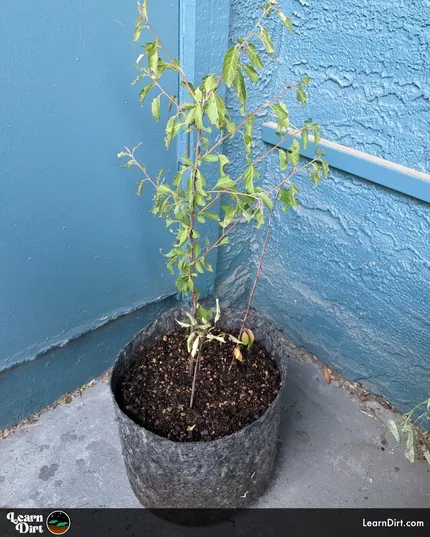
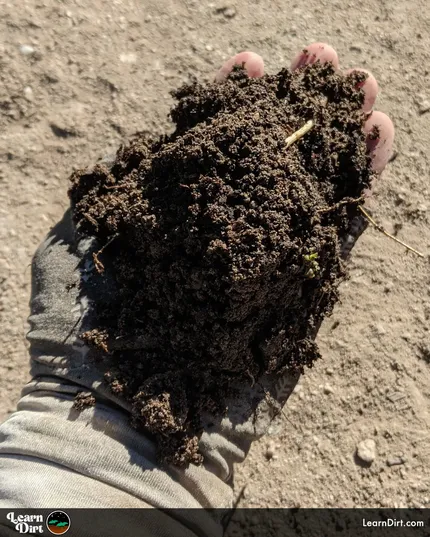
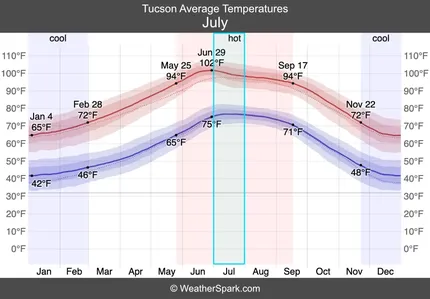

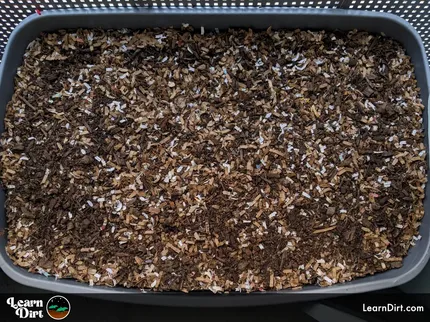
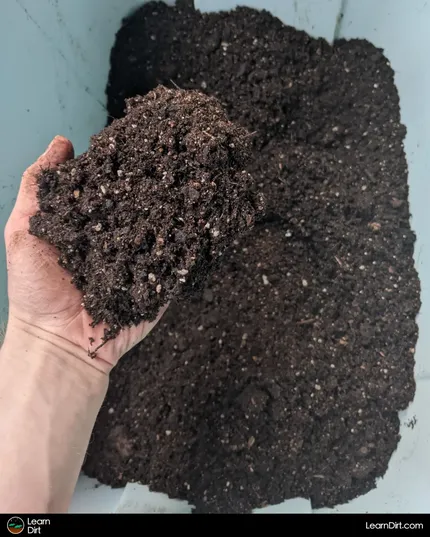
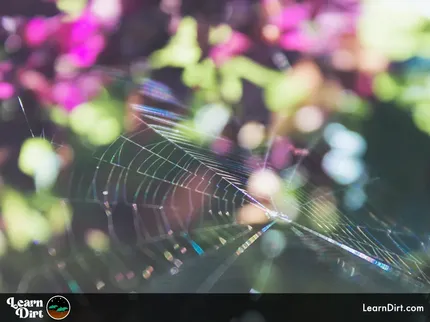


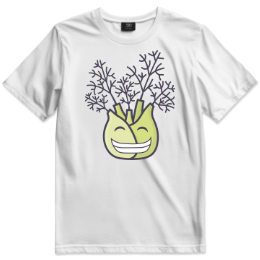
![Don't Till Away Your Carbon [Taffy] T-shirt](/media/product_images/dont-till-away-your-carbon-[taffy]_shirt_260x260.png)
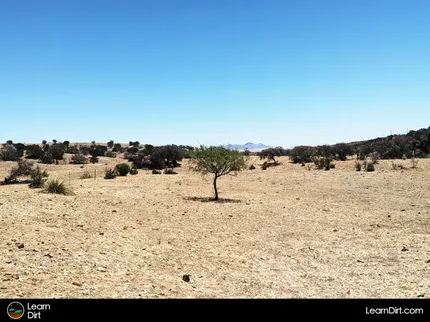
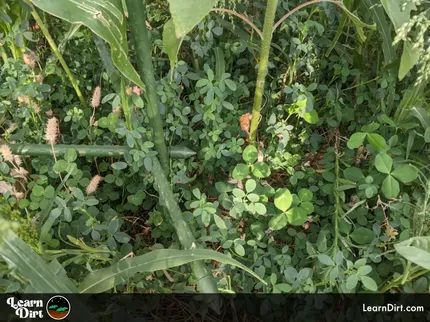
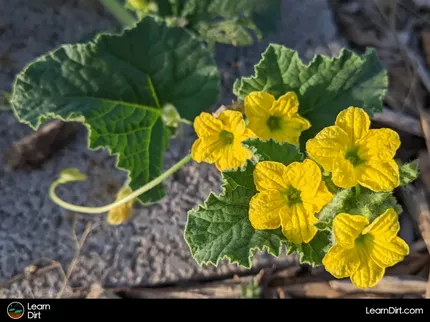
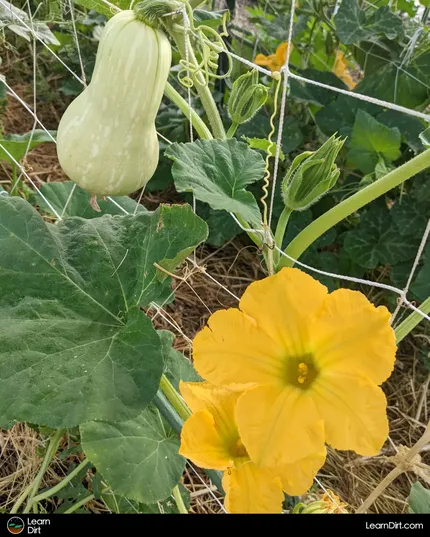
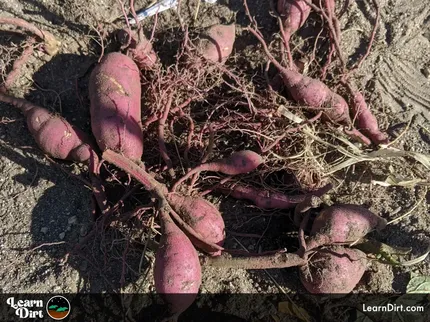
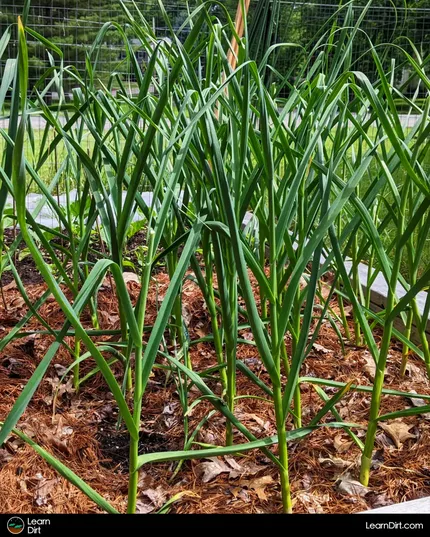
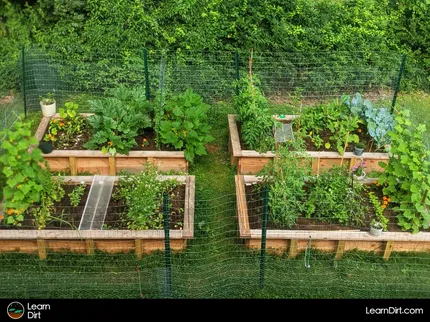
Leave A Comment:
Under construction, please check back soon!